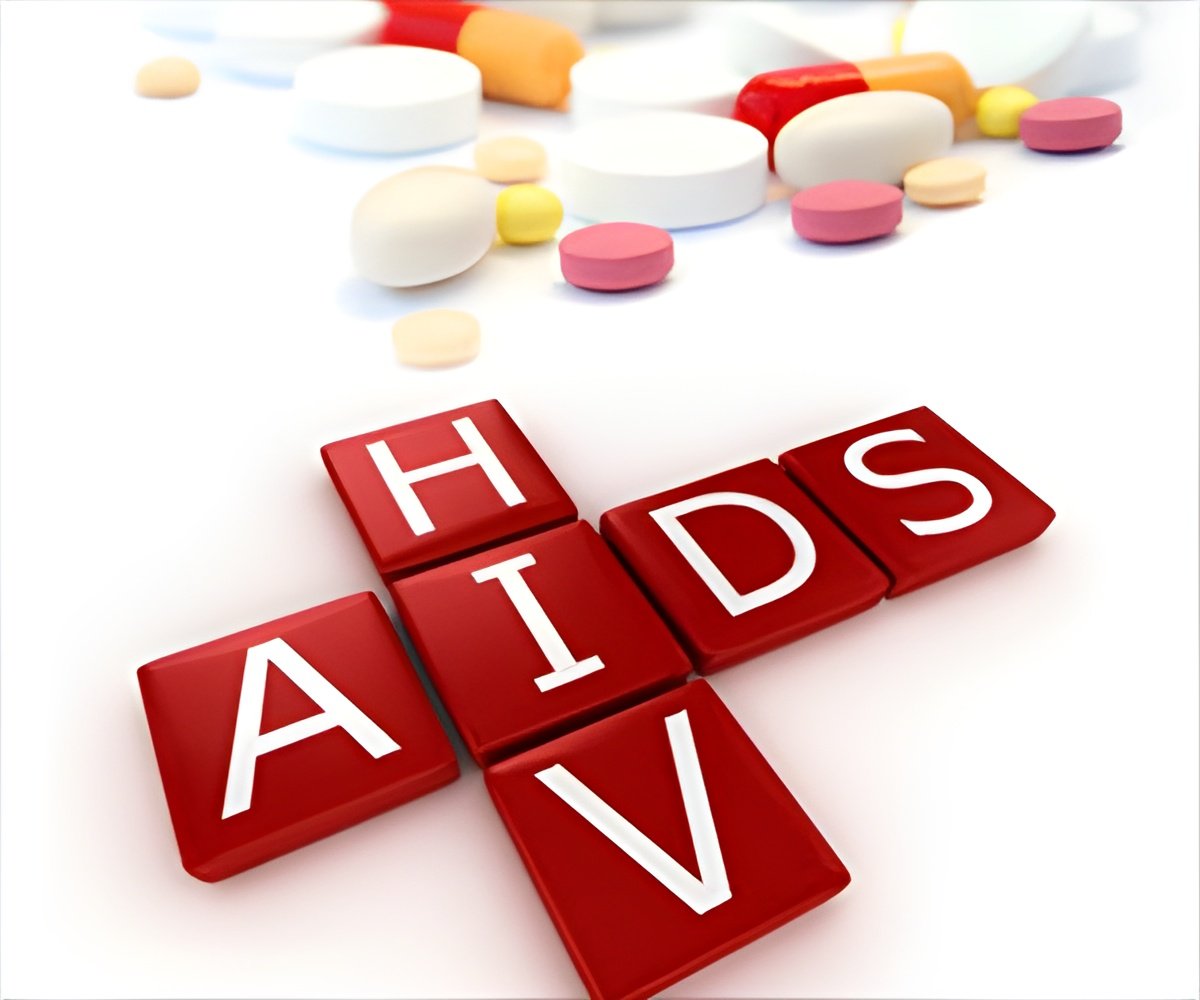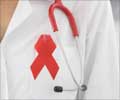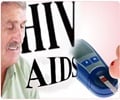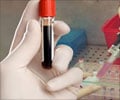Researchers found poor HIV-infected individuals living in San Francisco are more likely to visit emergency rooms and have hospital stays if they don't have sufficient food for a healthy life.

The findings are published online on August 22, 2012 in the Journal of General Internal Medicine.
The study recruited 347 HIV-infected urban poor participants living in substandard housing in San Francisco. To determine levels of food insecurity, the participants were questioned about their anxiety and uncertainty about their food supply, whether they were able to access sufficient quality and variety of food, and their experience of insufficient food intake and the physical consequences. Just over half of the group, 56 percent, was classified as food insecure. The entire cohort of food secure and food insecure individuals was followed for two years, looking at healthcare utilization as a primary outcome.
"Compared to food secure participants, the odds were approximately two times higher that a food insecure participant was hospitalized or that a food insecure participant had visited the ER over the study's time period," said Weiser. "For a long time we have known that adequate nutrition is crucial for HIV-positive patients to live long healthy lives. Our findings that food insecure individuals are also more likely to use costly services from hospitals and emergency rooms build on our previous work showing that food insecure individuals experience poorer HIV treatment outcomes."
Food insecurity among HIV-infected homeless and marginally housed individuals in the City is higher than the rate of food insecurity seen nationally in non HIV-infected homeless persons, with about a quarter to a third experiencing food insecurity. For the general population, about one in seven Americans is food insecure.
"Roughly three quarters of our participants are accessing some form of food aid. Project Open Hand, Glide, and other programs providing food assistance to San Francisco's urban poor do a phenomenal job, but with falling levels of funding and increasing client loads, their efforts have not been enough to take people out of food insecurity," said the study's senior investigator, Margot B. Kushel, MD, associate professor in the UCSF Division of Internal Medicine at San Francisco General Hospital and Trauma Center.
Advertisement
Advertisement
"Given the costs to the system from increased ER and hospital use, one approach might be to increase uptake of SNAP. Part of the problem may be that individuals are not able to complete the enrollment procedures. It seems that eligibility levels might be set too high—the amount of money that might disqualify one from SNAP may not be enough to ensure adequate nutrition. . After deducting rent for a SRO room, there is not much left to buy quality, nutritious food that requires little or no preparation," said Kushel.
Source-Eurekalert















